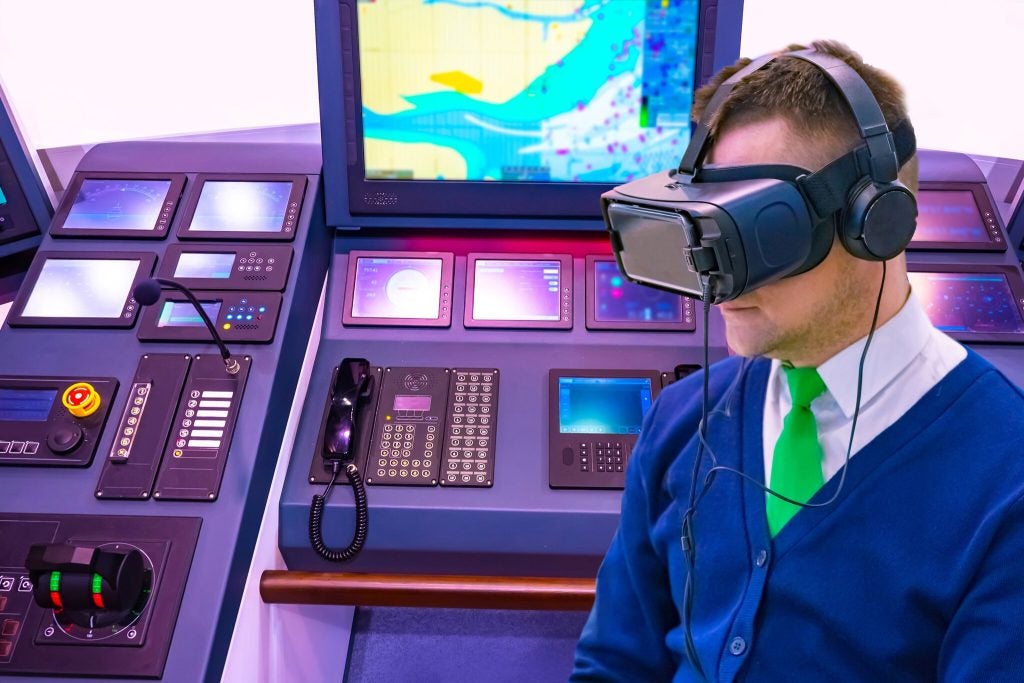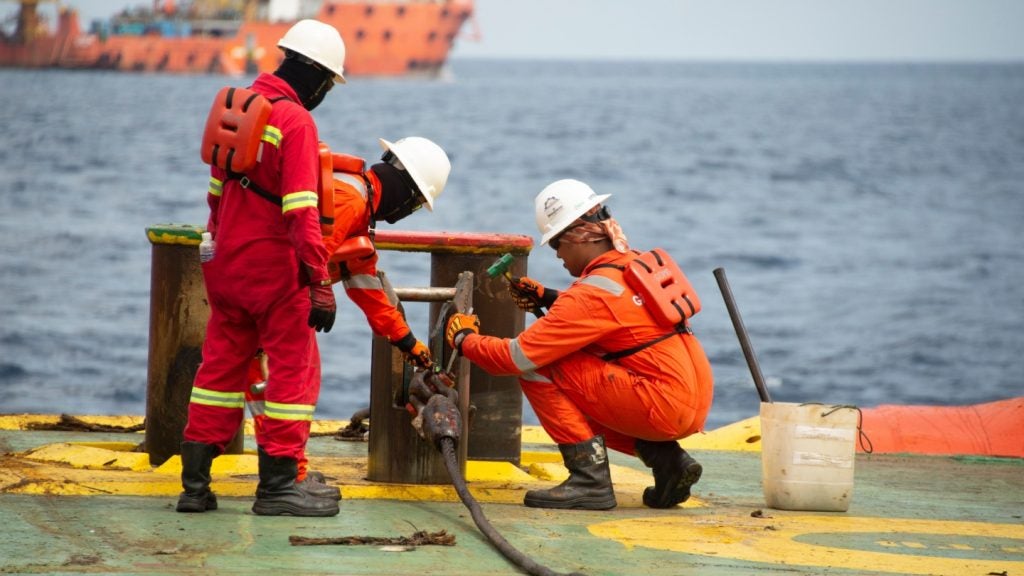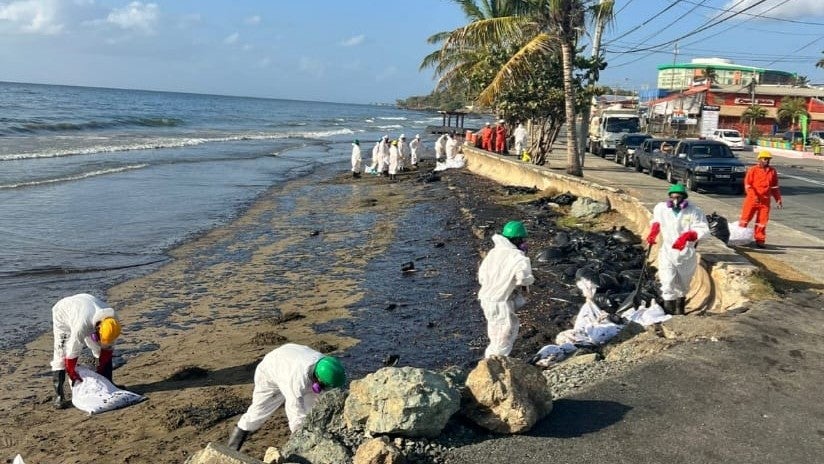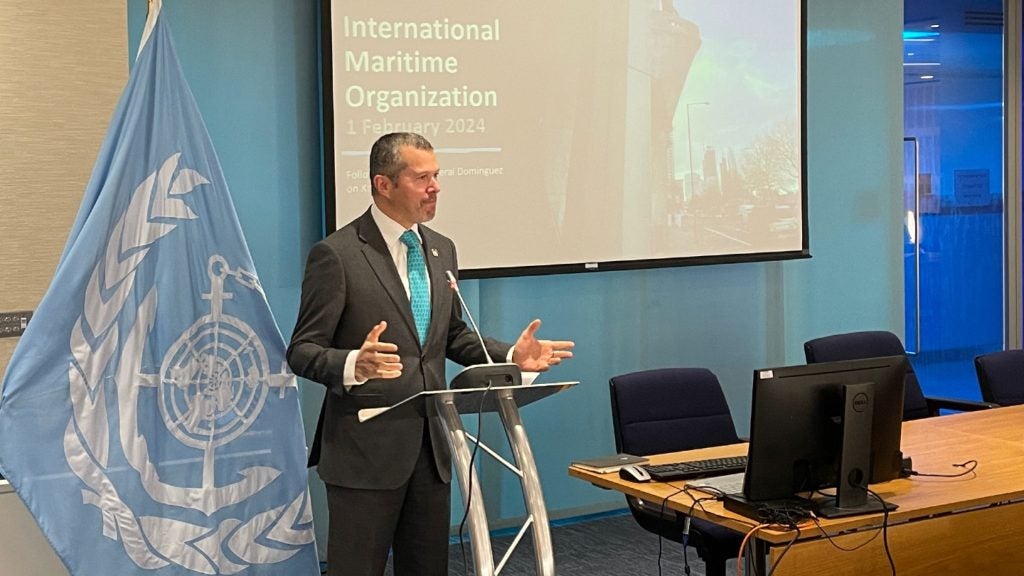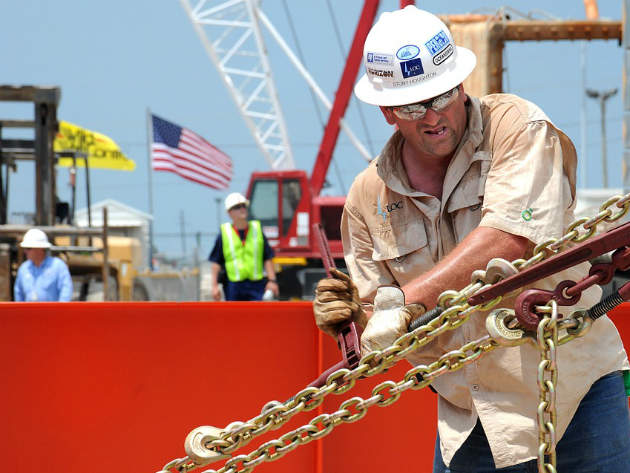
Over the past few years, the issues surrounding the wellbeing and mental health of seafarers have gained prominence thanks to increasingly accessible channels for reporting, the campaigning of maritime NGOs and support organisations, as well as more in-depth research projects investigating the human element of the maritime industry.
In 2013, a $3m study called Project MARTHA was launched to look in detail at the growing problem of seafarer fatigue, an issue that has long plagued the industry and has been associated with accidents at sea.
The aim of the study was to get a better understanding of the levels of tiredness and the psychosocial issues associated with long-term fatigue and motivation during long voyages.
The findings, which were presented to the International Maritime Organization (IMO) in January, revealed that as voyage length increases, fatigue and stress levels increase and motivation decreases, and poor performance can not only contribute to navigation accidents, but can also cause long-term damage to seafarers’ mental health.
Ray Barker is head of operations for the International Seafarers Welfare and Assistance Network (ISWAN), a free, multilingual helpline open 24/7 for seafarers around the world. ISWAN’s helpline operators often receive calls from seafarers complaining of exhaustion.
“There’s been a significant rising in the profile of things like mental health amongst seafarers and the issues of suicide, stress, depression and loneliness. And this is a very similar situation and in fact can be a precursor to some of these mental health situations. If you are fatigued for a long period of time it’s going to affect you physically and mentally, and anything that highlights the issue of fatigue is helpful.”
How well do you really know your competitors?
Access the most comprehensive Company Profiles on the market, powered by GlobalData. Save hours of research. Gain competitive edge.

Thank you!
Your download email will arrive shortly
Not ready to buy yet? Download a free sample
We are confident about the unique quality of our Company Profiles. However, we want you to make the most beneficial decision for your business, so we offer a free sample that you can download by submitting the below form
By GlobalDataThe wide-ranging implications of chronic fatigue
Project MARTHA was completed in 2016, after three years of studying the fatigue levels of the crews from four shipping companies – two from Europe and two Chinese state-owned – who volunteered to assist in the collection of data.
The information was gathered via 70 activity-recording watches, 937 questionnaires and 110 weekly diaries.
On board, fatigue can manifest itself as having slow responses, poor concentration levels and overall sleepiness, and can impact key security decisions on the vessel. It can lead to mental health disorders, such as insomnia, depression and anxiety, but also physical ones such as strokes, hypertension, diabetes, ulcers and common infections.
It can also directly impact the seafarer’s ability to do their job, and can lead to accidents, resulting in environmental pollution, machinery damage and fire.
CHIRP Maritime, a confidential incident reporting programme, confirms that groundings and collisions are the most commonplace accidents caused by fatigue. However, the direct link between fatigue and a mistake made on board is less likely to come to light if an engineer suffering from fatigue makes an error during machinery overhaul, which could subsequently lead to a significant failure or loss of life later on, a CHIRP report highlights.
Another key finding was that long-term fatigue levels are perceived differently depending on the nature of the work performed on board, with captains and watch keepers appearing to fare worse than day workers. Night watch keepers were found to be particularly at risk of falling asleep.
A sign of deeper problems
The research conducted under Project MARTHA’s auspices found that fatigue settles generally during long tours of duty of six months or more, and the longer seafarers are away from home, the more motivation decreases and complacency sets in.
But fatigue can be a sign of even bigger underlying problems.
“One of the things that people raise with us frequently is that they are very tired because they are working much longer hours than they are supposed to,” Barker says.
While the Maritime Labour Convention (MLC) requires a minimum of 10 hours rest in any 24 hour period, and 77 hours per week, often false records are being created to mask excruciatingly long working hours.
“They might be contracted to work eight hours a day but they are working significantly more, e.g. 12 hours or more. So they are really exhausted as a result of that. False records are created to show that they’ve worked only eight hours a day,” Barker says.
As such, fatigue can be only one of the many problems faced on board by seafarers, among poor working conditions, unsafe working practices, discrimination, bullying and harassment from other staff.
“Normally, when they contact us and they mention fatigue, that is not the first thing they are contacting us about, but rather the fact that they are being made to work longer times, and they are not getting paid for it,” Barker says.
A wake-up call for the industry
The report’s publication was well received, as it helps shed light on some of the most serious issues faced by the human element of the maritime industry.
In terms of addressing the problem, the International Transport Workers’ Federation (ITF) is best positioned to deal with contractual issues, Barker says, while ISWAN will also begin keeping a record of all complaints mentioning fatigue, exhaustion and tiredness.
One of the report’s recommendations is implementing a Fatigue Risk Management System (FRMS), an approach found in other transport sectors, such as aviation, road and rail systems. The system involves raising awareness about fatigue through training and cultural change programmes, a reporting system “within a just culture” and data-driven analysis of workload management and monitoring of sleep patterns on board.
At present, the use of FRMS in the shipping industry is less mature than in other safety-critical transport industries.
The biggest challenge lies in the fact that many seafarers are afraid of repercussions after reporting mistreatment or poor working conditions.
“They are frightened about being blacklisted, so quite a lot of the seafarers who contact us and mention fatigue might give us the ship name, or they might tell us the shipping company, but they don’t want to give us their names, because if they are identified, they fear losing their jobs,” Barker says.
The IMO is also set to revise its seafarer fatigue guidance as it digests the results. Meanwhile, further advancement in ship design, such as noise and vibration levels, temperature, quality of accommodation spaces and the introduction of exercise facilities on board could alleviate some of the consequences of fatigue in the future.



